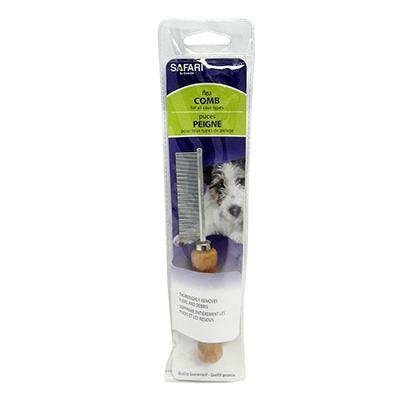 You can extend the life of any wooden handle the day you buy it. Use fine sandpaper to remove the finish. With your bare hands or a soft rag, generously rub the handle with boiled linseed oil. The warmth from your hands will help work in the oil, or leave a rag-oiled handle in the sun to warm the oil into the wood. Tung oil or vegetable oils such as olive or safflower oils also make good preservatives. The result is a smooth, water-resistant finish. Replenish with another rub whenever the wood begins to lose its satin feel.
You can extend the life of any wooden handle the day you buy it. Use fine sandpaper to remove the finish. With your bare hands or a soft rag, generously rub the handle with boiled linseed oil. The warmth from your hands will help work in the oil, or leave a rag-oiled handle in the sun to warm the oil into the wood. Tung oil or vegetable oils such as olive or safflower oils also make good preservatives. The result is a smooth, water-resistant finish. Replenish with another rub whenever the wood begins to lose its satin feel. Replace cracked shovel or fork handles. Digging puts a lot of stress on these tools, and having one give out at the wrong moment can be dangerous. Repair splits in hoe or rake handles by prying them open, filling with wood glue or epoxy, clamping till dry, and sanding smooth. It's usually quicker just to replace the handle. Don't ever try to get by with wrapping tape around a cracked handle. It is cheap, but it only hides a potentially worsening problem.
Handles come in different styles, but the method of replacement is about the same. Begin by removing the old handle. There is usually a screw or rivet holding the handle in place. Take the screw or rivet out of the tool socket carefully, without altering the socket shape. You may have to bang the old handle out with a chunk of pipe.
Install the new handle by securing the tool head, spade or fork, in a vise and pushing the handle into the socket. Soak the handle in hot water or coat the socket with a little oil or soap to help the handle slide in easily, especially with curved sockets. Tap the handle as far as it will go. Prevent the new handle from ever flying free by drilling a hole and inserting a nut and bolt through the metal socket into the handle.

No comments:
Post a Comment